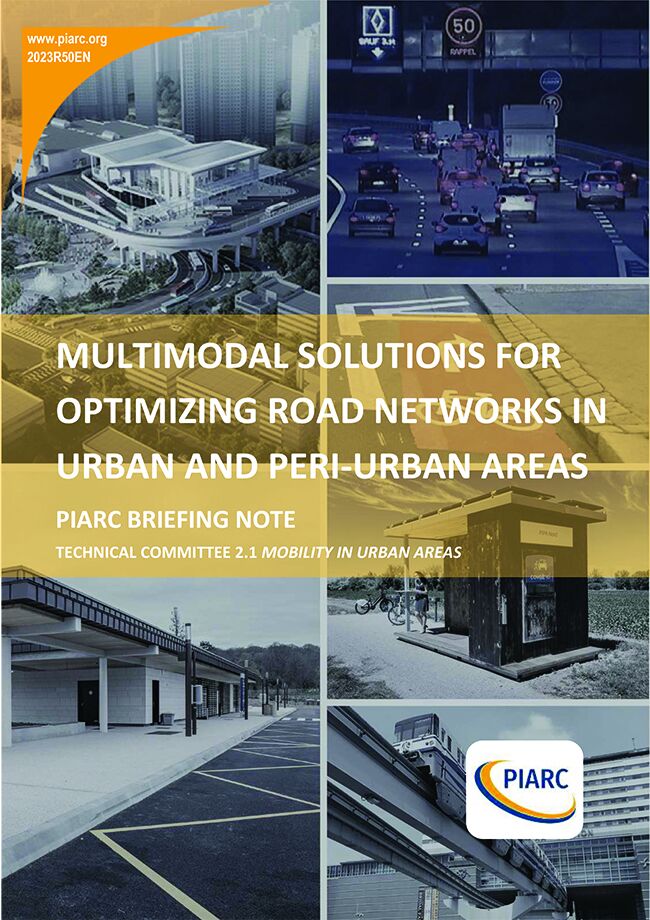Multimodal Solutions for Optimizing Road Networks in Urban And Peri-Urban Areas

Mobility in urban areas faces complex problems which need to be managed within spatial and budgetary constraints. It is therefore necessary to optimize the use of road networks through better integration with other forms of transport (rail, active modes, etc.). Multimodality giving rise to the concept of "multimodality".
Integrated multimodal transportation systems are large in scale and high in complexity. Their effective, coordinated planning and management is a major challenge that affects urban and peri-urban development all over the world.
The acceleration of urbanization and urban expansion, the response to climate change, the impact of the COVID-19 pandemic on transportation patterns, and the rapid application of new technologies and new models in the urban environment have also brought new opportunities and challenges for urban transportation development, creating the need to promote multimodality in peri-urban areas.
Three main recommendations emerged from the surveys:
1. Transfer promoting solutions
2. Establish multimodal transit centers
3. Adequate and recurrent funding for sustainable mobility
This briefing note is based on the collection of case studies and examples of good practices of multimodal optimization of road networks in terms of efficiency, resilience and sustainability, literature reviews, and guidelines that are already operating in different countries. It contains conclusions and recommendations for promoting integrated transportation systems, an in-depth briefing note based on former case studies, providing a summary for policymakers.
Information sheet
- Date: 2024
- Author(s): Comité technique / Technical Committee / Comité Técnico 2.1 Mobilité dans les zones urbaines / Mobility in Urban Areas / Movilidad en zonas urbanas
- Domain(s): Urban Mobility / Design of Inter-urban Roads
- Type: 2023R50EN - A PIARC Briefing note
- PIARC Ref.: 2023R50EN
- ISBN: 978-2-84060-754-0
- Number of pages: 30